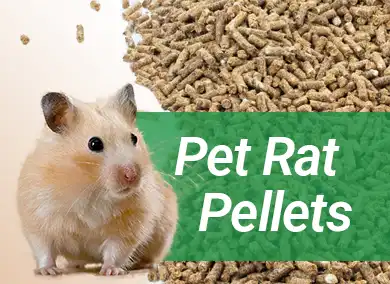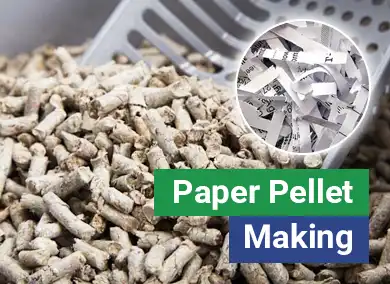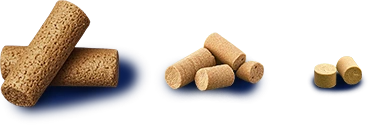Biomass pellets, as a renewable energy source, are widely used in home heating, industrial combustion, and environmental protection applications. With the increasing demand for sustainable development, the production processes for biomass pellets continue to evolve and improve. In this blog, we will explore 5 common methods for making biomass pellets, helping you understand how different raw materials can be transformed into efficient, eco friendly biomass pellets.
.webp)
1. Direct Mixing and Pelletizing Process
This is the most common method, where various biomass materials like straw, wood chips, and sawdust are ground and compressed into pellets.
Process Steps:
- Raw Material Selection: Common raw materials include straw, rice husks, wood chips, sawdust, and bamboo powder.
- Grinding and Drying: Raw materials are ground into smaller particles, with moisture content kept between 10%-14%.
- Mixing and Binding: Natural binders (such as sweet potato or corn starch) or industrial by-products (such as brewers' yeast) may be added.
- Pelletizing: The mixed material is pressed into pellets using ring die or flat die pellet mills.
- Cooling and Packaging: The pellets are cooled to room temperature and screened for quality before packaging.
Advantages:
- Suitable for a variety of raw materials, with simple equipment and easy operation.
- Large scale production capabilities, ideal for industrial and home energy needs.
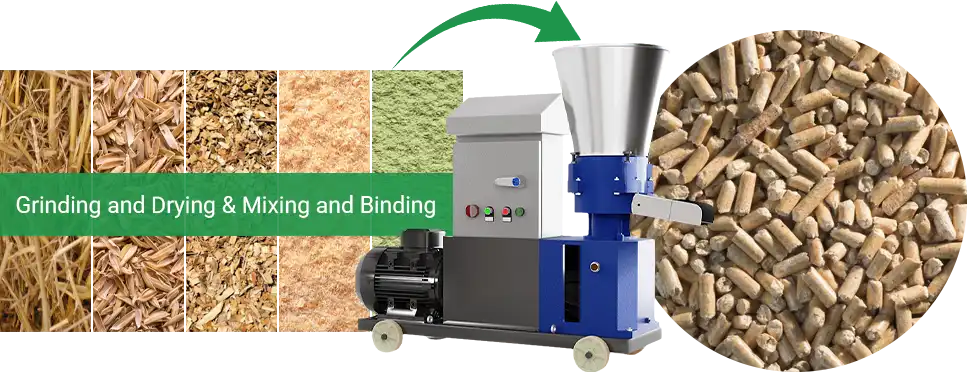
2. Animal Manure and Straw Pelletizing
In addition to plant based materials, animal manure, such as poultry or livestock waste, is often used to produce biomass pellets. Mixing manure with straw or other plant residues improves pellet strength and combustion performance.
Process Steps:
- Raw Material Preparation: Animal manure and straw are ground into smaller pieces.
- Pre-treatment: High-moisture manure is first dried to reduce moisture content to 20%-30%.
- Mixing and Pelletizing: The processed raw materials are mixed and added with necessary binders before pelletizing.
- Cooling and Packaging: After cooling and screening, the pellets are packaged.
Advantages:
- Utilizes agricultural and livestock waste, offering both environmental and economic benefits.
- After combustion, pellets not only provide heat but also offer organic fertilizer for soil enrichment.
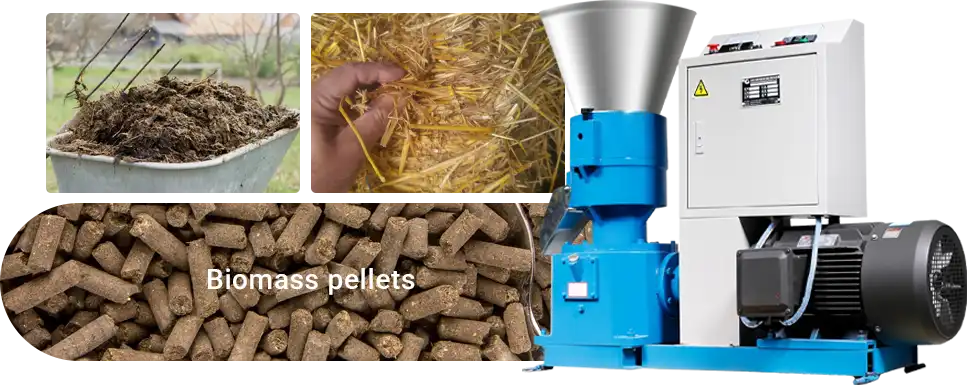
3. Chemical or Enzyme Preprocessing
To enhance the compressibility and durability of pellets, some producers preprocessing raw materials with chemicals or enzymes. This is particularly useful for fibrous materials like straw.
Process Steps:
- Chemical Preprocessing: Use alkali or acid solutions to break down fibers, improving compressibility.
- Enzyme Treatment: Enzymes such as cellulase or xylanase are used to break down cellulose, improving the binding properties of the raw materials.
- Grinding and Drying: The pre-treated materials are ground and dried to meet the pelletizing requirements.
- Pelletizing: Pellet mills are used to press the treated raw materials into pellets.
Advantages:
- Improves the compressibility and strength of the raw materials.
- Particularly effective for high-fiber raw materials like straw and bark.

4. Carbonization and Pyrolysis Process
For high energy applications, carbonization or pyrolysis converts raw materials like wood chips or coconut shells into high energy biomass pellets. The process involves heating the material under low oxygen conditions, turning it into charcoal.
Process Steps:
- Raw Material Preprocessing: Hard materials like wood or coconut shells.
- Pyrolysis Process: The raw materials are subjected to high heat (300°C-500°C) under controlled oxygen levels for carbonization.
- Cooling and Pelletizing: The carbonized material is then pressed into pellets.
- Packaging and Storage: After cooling and screening, the final product is packaged into pellets.
Advantages:
- Produces pellets with high energy density, ideal for industrial use.
- Results in cleaner combustion, making it suitable for boilers and cogeneration plants.
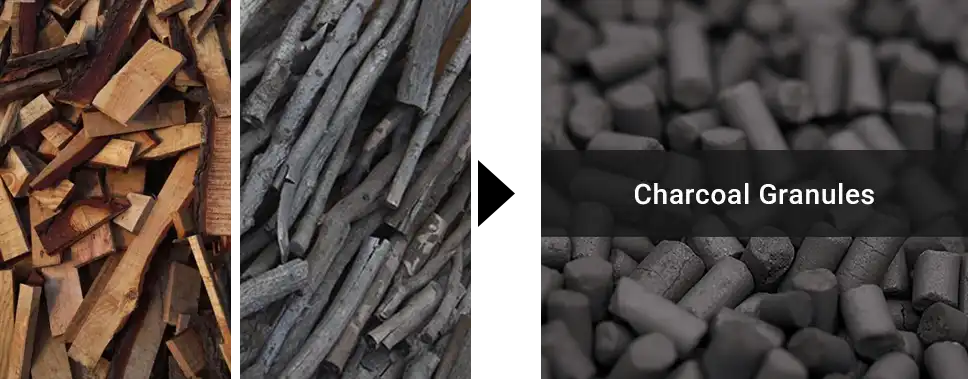
5. New Innovative Methods
The additional innovative techniques are emerging to improve biomass pellet production.
- Using Natural Binders: Using natural binders like sweet potatoes or potatoes, reducing the need for chemical binders and improving the environmental sustainability of the pellets.
- Cold Pressing: Instead of heating, raw materials are compressed into pellets using high pressure. This method is energy-efficient but typically results in lower pellet density and hardness, making it suitable for low end fuel markets.
From the traditional mixing and pelletizing process to advanced techniques like carbonization and enzyme treatments, each method for producing biomass pellets has its unique advantages. Choosing the right production method can improve pellet quality, combustion efficiency, and sustainability, while also providing effective solutions for waste management and renewable energy generation.
If you have any questions about a specific process or equipment, feel free to contact us directly!



